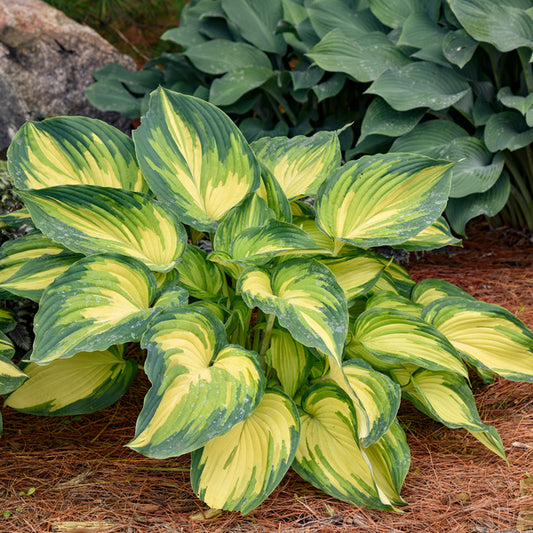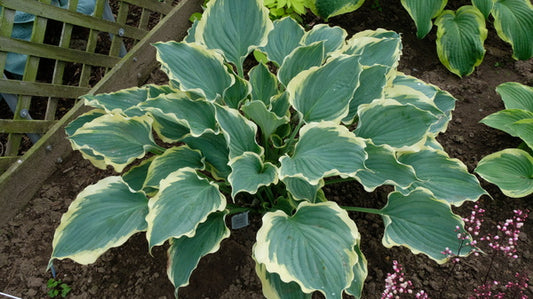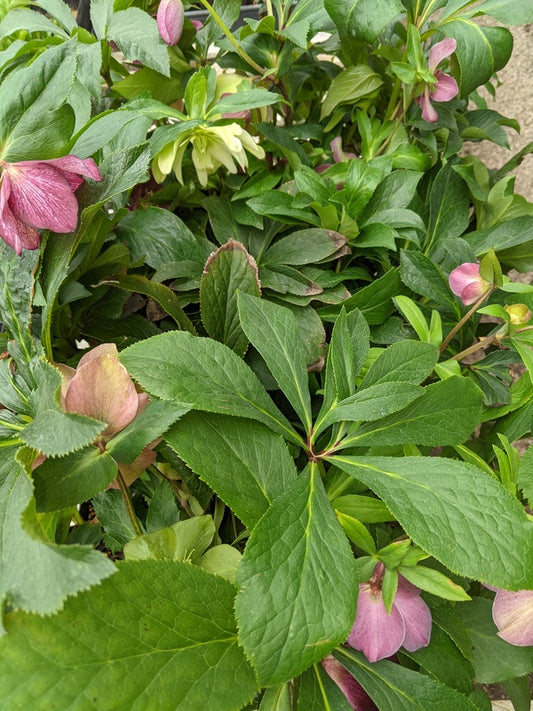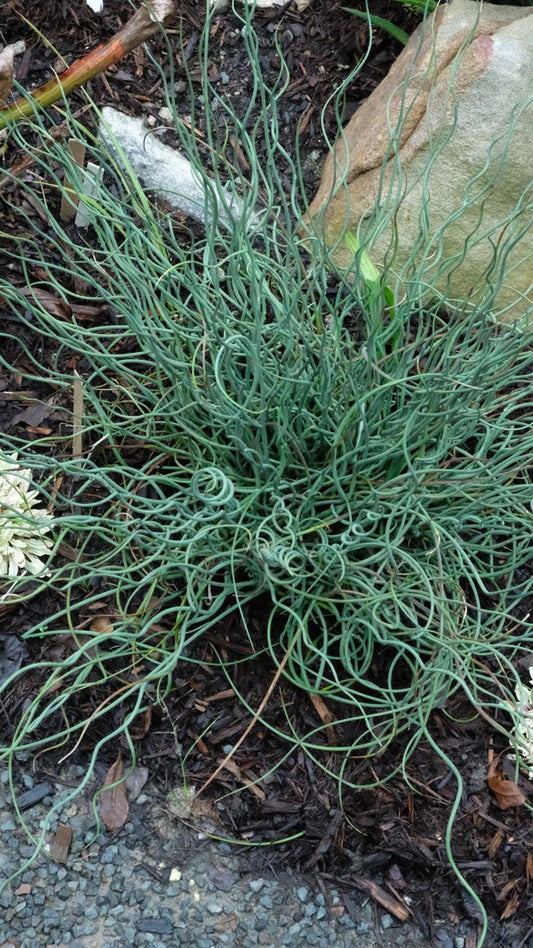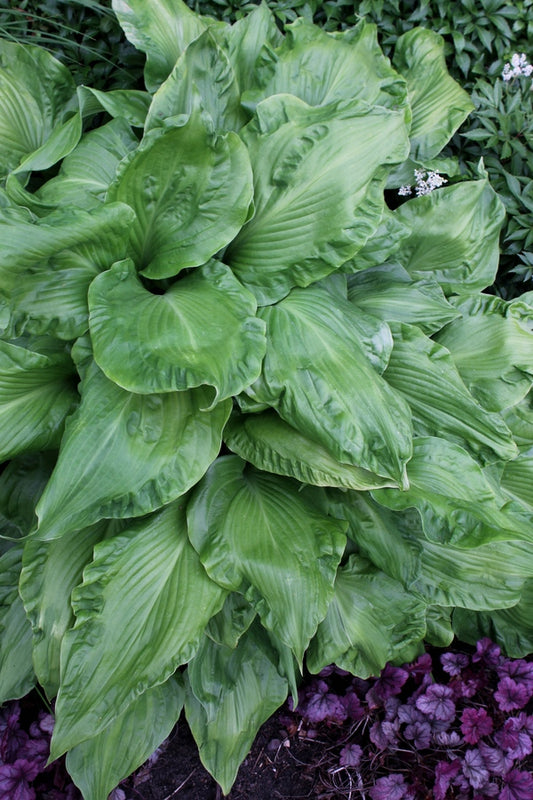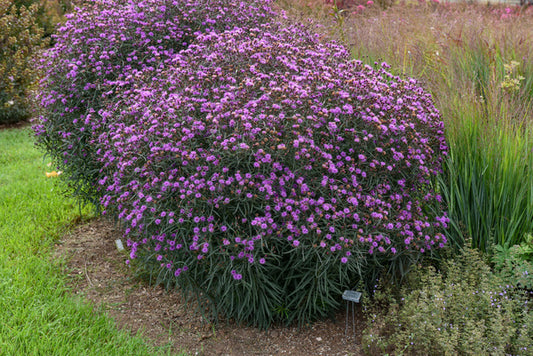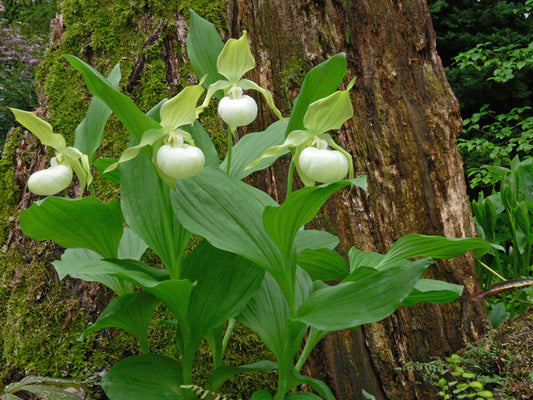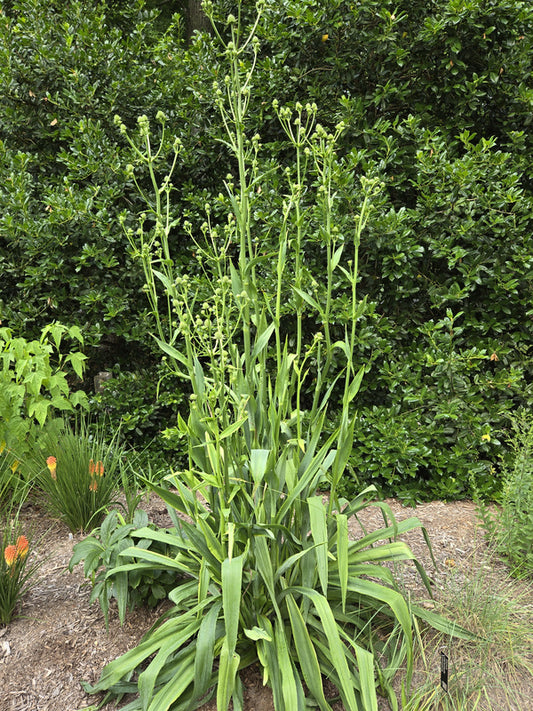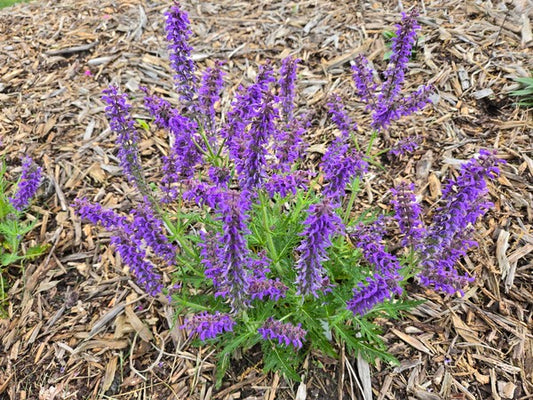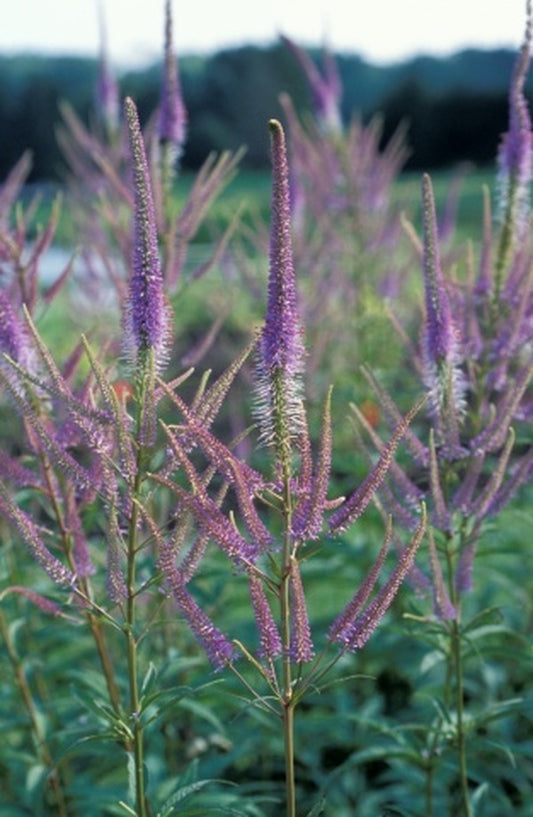Perennial Plants for USDA Hardiness Zones 4a and 4b.
Before shopping for plants based on your USDA Plant Hardiness Zone, please read our in-depth article about Plant Hardiness Zone Maps to understand their uses and their limitations.
Use the official USDA Hardiness Zone Map to determine your zone by zip code.
-
Helleborus x hybridus Winter Delights White
Item #: 8215
Zones: 4a to 8b
Dormancy: Evergreen
Height: 15" tall
Culture: Part Sun to Shade
Origin: Hybrid
Pot Size: 3.5" pot (24 fl. oz/0.7 L)
Regular price $29.00Regular priceUnit price per -
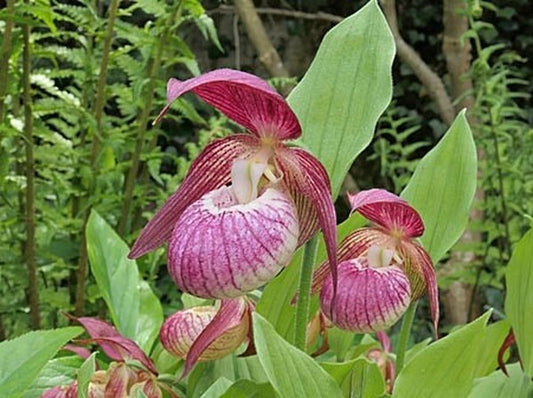 Sold out
Sold outCypripedium 'Frosch Harlequin'
Item #: 17333
Zones: 4a to 7a
Dormancy: Winter, Fall
Height: 14" tall
Culture: Part Sun to Light Shade
Origin: Hybrid
Pot Size: 3.5" pot (24 fl. oz/0.7 L)
Regular price $90.00Regular priceUnit price per -
Hosta 'My Fair Lady' PP 35,524
Item #: 18264
Zones: 3a to 8b
Dormancy: Winter
Height: 17" tall
Culture: Light Shade
Origin: Hybrid
Pot Size: 2 qt. (1.9 L)
Regular price $29.00Regular priceUnit price per -
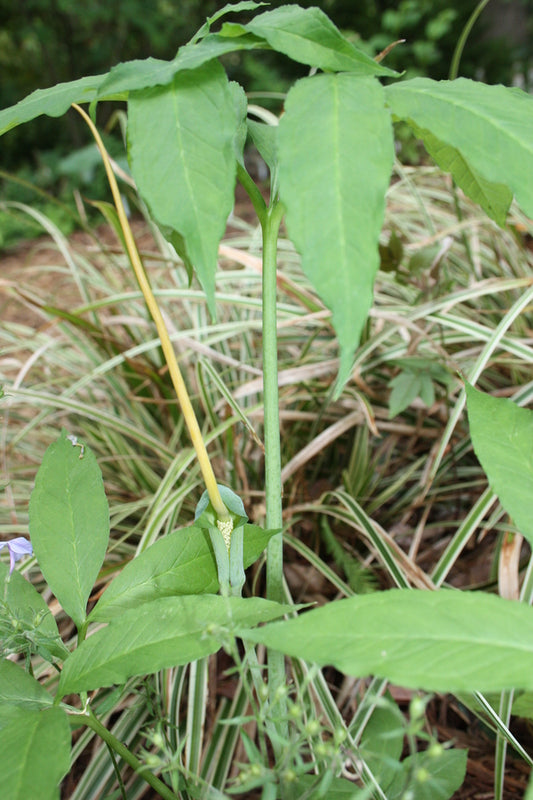 Sold out
Sold outArisaema dracontium
Item #: 2418
Zones: 4a to 8b, at least
Dormancy: Winter, Fall
Height: 28" tall
Culture: Part Sun to Shade
Origin: United States
Pot Size: Bare Root / 3.5" pot (24 fl. oz/0.7 L)
Regular price $28.00Regular priceUnit price per -
Hosta 'Hope Springs Eternal' PP 33,266
Item #: 17171
Zones: 3a to 8b
Dormancy: Winter
Height: 22" tall
Culture: Part Sun to Light Shade
Origin: Hybrid
Pot Size: 2 qt. (1.9 L)
Regular price $29.00Regular priceUnit price per -
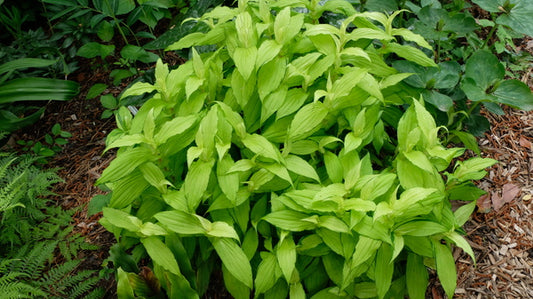 Sold out
Sold outTricyrtis hirta 'Golden Anniversary'
Item #: 16612
Zones: 4a to 8b
Dormancy: Winter
Height: 18" tall
Culture: Part Sun to Light Shade
Origin: Japan
Pot Size: 3.5" pot (24 fl. oz/0.7 L)
Regular price $26.00Regular priceUnit price per -
Helleborus x hybridus Winter Delights Special
Item #: 17375
Zones: 4a to 8b
Dormancy: Evergreen
Height: 15" tall
Culture: Part Sun to Shade
Origin: Hybrid
Pot Size: 3.5" pot (24 fl. oz/0.7 L)
Regular price $29.00Regular priceUnit price per -
Juncus inflexus 'Afro'
Item #: 2925
Zones: 4a to 10b
Dormancy:
Height: 15" tall
Culture: Sun to Part Sun
Origin: Europe
Pot Size: 3.5" pot (24 fl. oz/0.7 L)
Regular price $23.00Regular priceUnit price per -
Hosta 'Embroidery'
Item #: 1660
Zones: 3a to 8b
Dormancy: Winter
Height: 10" tall
Culture: Part Sun to Light Shade
Origin: Hybrid
Pot Size: 2 qt. (1.9 L)
Regular price $75.00Regular priceUnit price per -
Vernonia 'Violet Night' PPAF
Item #: 18529
Zones: 4a to 9b
Dormancy: Winter
Height: 48" tall
Culture: Sun
Origin: United States Hybrid
Pot Size: 3.5" pot (24 fl. oz/0.7 L)
Regular price $22.00Regular priceUnit price per -
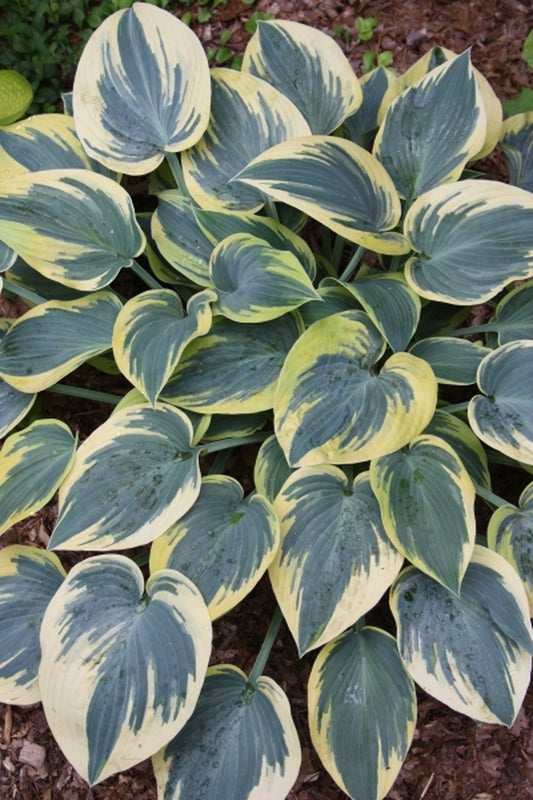 Sold out
Sold outHosta 'First Frost'
Item #: 7213
Zones: 3a to 8b
Dormancy: Winter
Height: 16" tall
Culture: Light Shade
Origin: Hybrid
Pot Size: 2 qt. (1.9 L)
Regular price $29.00Regular priceUnit price per -
Cypripedium x ventricosum 'Frosch's Queen of the Mist' (Frosch®)
Item #: 14892
Zones: 4a to 7b, at least
Dormancy: Winter, Fall
Height: 12" tall
Culture: Part Sun to Light Shade
Origin: Hybrid
Pot Size: 3.5" pot (24 fl. oz/0.7 L)
Regular price $100.00Regular priceUnit price per -
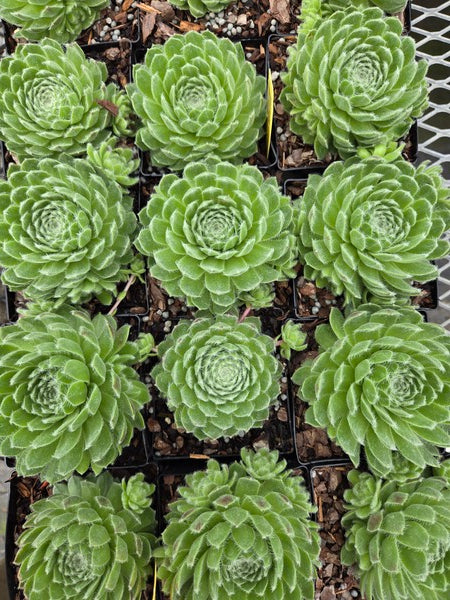 Sold out
Sold outSempervivum 'Powdered Pastry' PPAF
Item #: 18134
Zones: 4a to 8a
Dormancy: Evergreen
Height: 2" tall
Culture: Part Sun
Origin: Hybrid
Pot Size: 3.5" pot (24 fl. oz/0.7 L)
Regular price $0.00Regular priceUnit price perThis plant is available for JLBG Members only.
-
Sedum 'Frosted Fire'
Item #: 8939
Zones: 4a to 8b, at least
Dormancy: Winter
Height: 18" tall
Culture: Sun
Origin: Hybrid
Pot Size: 3.5" pot (24 fl. oz/0.7 L)
Regular price $21.00Regular priceUnit price per -
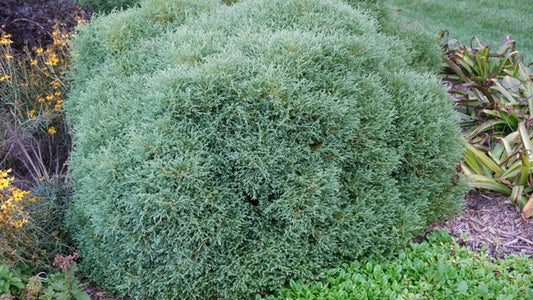 Sold out
Sold outThuja occidentalis 'Concessarini'
Item #: 13269
Zones: 3a to 8b
Dormancy: Evergreen
Height: 36" tall
Culture: Sun
Origin: United States
Pot Size: 3.5" pot (24 fl. oz/0.7 L)
Regular price $22.00Regular priceUnit price per -
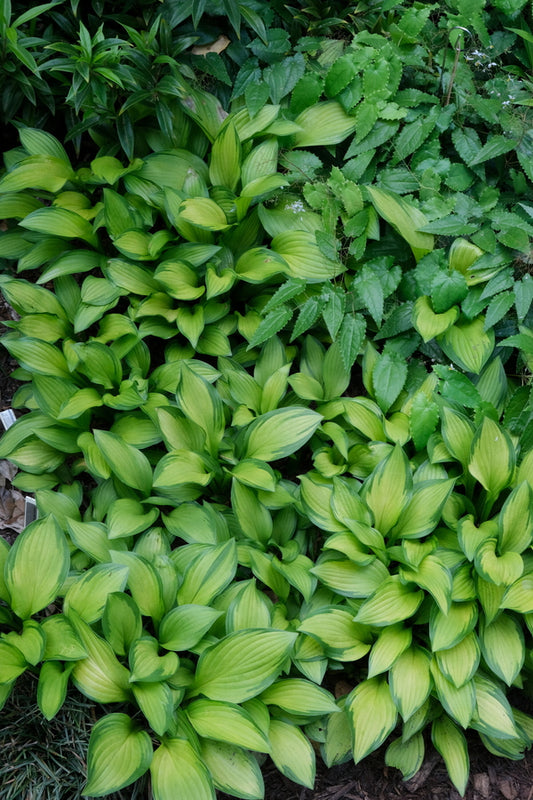 Sold out
Sold outHosta rectifolia 'Aomori Gold Star'
Item #: 17443
Zones: 3a to 8b
Dormancy: Winter
Height: 16" tall
Culture: Light Shade
Origin: Japan
Pot Size: 3 qt. (2.8 L)
Regular price $29.00Regular priceUnit price per -
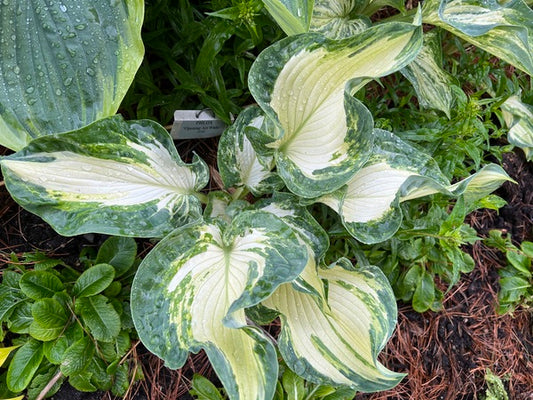 Sold out
Sold outHosta 'Frog in my Throat' PPAF
Item #: 18292
Zones: 3a to 7b
Dormancy: Winter
Height: 18" tall
Culture: Part Sun to Light Shade
Origin: Hybrid
Pot Size: 2 qt. (1.9 L)
Regular price $35.00Regular priceUnit price per -
Eryngium yuccifolium 'Berserkley'
Item #: 18343
Zones: 4a to 8b
Dormancy: Winter
Height: 84" tall
Culture: Sun to Part Sun
Origin: United States
Pot Size: 3.5" pot (24 fl. oz/0.7 L)
Regular price $22.00Regular priceUnit price per -
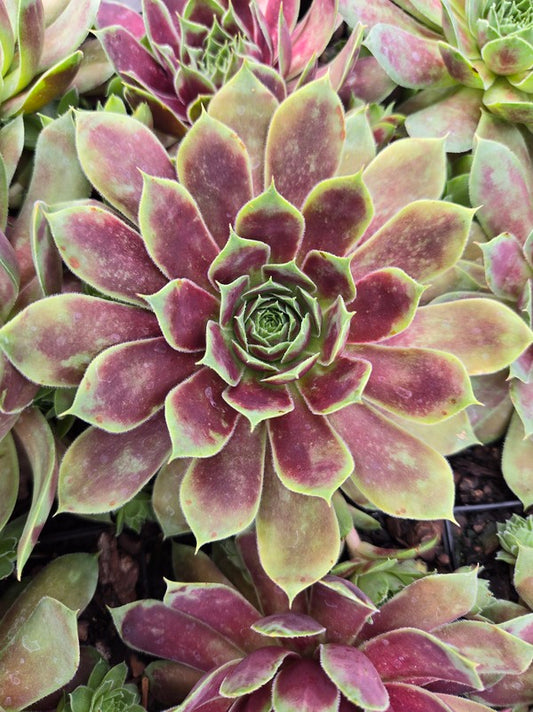 Sold out
Sold outSempervivum 'Gold Crown' PPAF
Item #: 18127
Zones: 4a to 8a
Dormancy: Evergreen
Height: 2" tall
Culture: Part Sun
Origin: Hybrid
Pot Size: 3.5" pot (24 fl. oz/0.7 L)
Regular price $0.00Regular priceUnit price perThis plant is available for JLBG Members only.
-
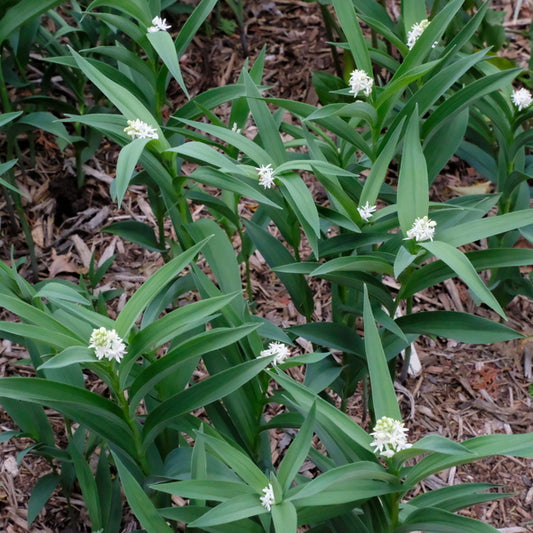 Sold out
Sold outMaianthemum stellatum 'Blue Dune'
Item #: 7395
Zones: 4a to 7b, at least
Dormancy: Winter
Height: 20" tall
Culture: Part Sun to Light Shade
Origin: United States
Pot Size: 3.5" pot (24 fl. oz/0.7 L)
Regular price $25.00Regular priceUnit price per -
Salvia 'Feathers Peacock' PP 33,993
Item #: 18547
Zones: 4a to 8a
Dormancy: Evergreen
Height: 16" tall
Culture: Sun to Part Sun
Origin: Hybrid
Pot Size: 3.5" pot (24 fl. oz/0.7 L)
Regular price $21.00Regular priceUnit price per -
 Sold out
Sold outSyneilesis x hybrida
Item #: 12606
Zones: 4a to 8b, at least
Dormancy: Winter
Height: 24" tall
Culture: Part Sun to Light Shade
Origin: Hybrid
Pot Size: 3.5" pot (24 fl. oz/0.7 L)
Regular price $26.00Regular priceUnit price per -
Veronicastrum virginicum 'Fascination'
Item #: 17119
Zones: 3a to 7b
Dormancy: Winter
Height: 60" tall
Culture: Sun to Part Sun
Origin: United States
Pot Size: 3.5" pot (24 fl. oz/0.7 L)
Regular price $21.00Regular priceUnit price per -
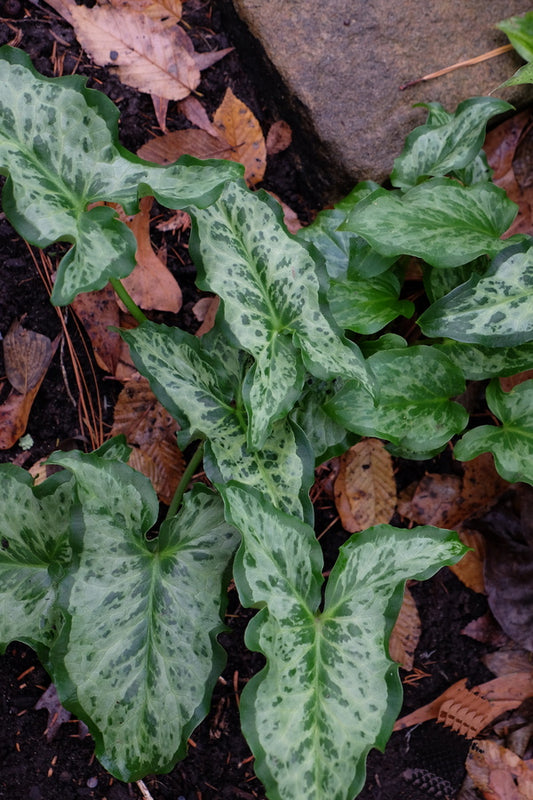 Sold out
Sold outArum italicum 'X-Ray'
Item #: 16574
Zones: 4a to 9b
Dormancy: Summer
Height: 12" tall
Culture: Part Sun to Light Shade
Origin: Europe
Pot Size: 3.5" pot (24 fl. oz/0.7 L)
Regular price $26.00Regular priceUnit price per
More Information About Plants for Zone 4
Zone 4a and Zone 4b Plants
Many of the perennial plants in our catalog are well-suited for Zones 4a or 4b. Some of our favorite species of ajuga, arum, aster, athyrium, baptisia, carex, clematis, cylcamen, cypripedium, dryopteris, echinacea, helleborus, hemerocallis, heuchera, hibiscus, hosta, lycoris, monarda, paeonia, penstemon, polygonatum, and more can survive Zone 4 winter temperatures. Be sure to read how we assign hardiness zones to our plants.
The USDA Plant Hardiness Zone Map is based on the average annual minimum winter temperature, divided into 10-degree F zones. Each zone is then subdivided into 5-degree F sub-zones. Zone numbers increase as you move from north to south.
Zone 4a annual minimum winter temperatures should be -30 to -25 °F (-34.4 to -31.7 °C). Zone 4b annual minimum temperatures should be -25 to -20 °F (-31.7 to -28.9 °C). Keep in mind that the zone designation does not tell you how many days the area may reach those average minimums. There can also be a major difference between what plants will grow in the 'a' or 'b' sub-zones.





